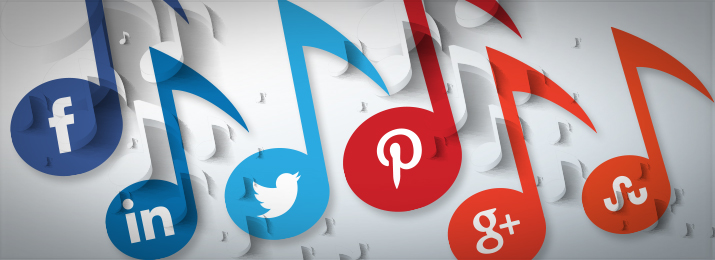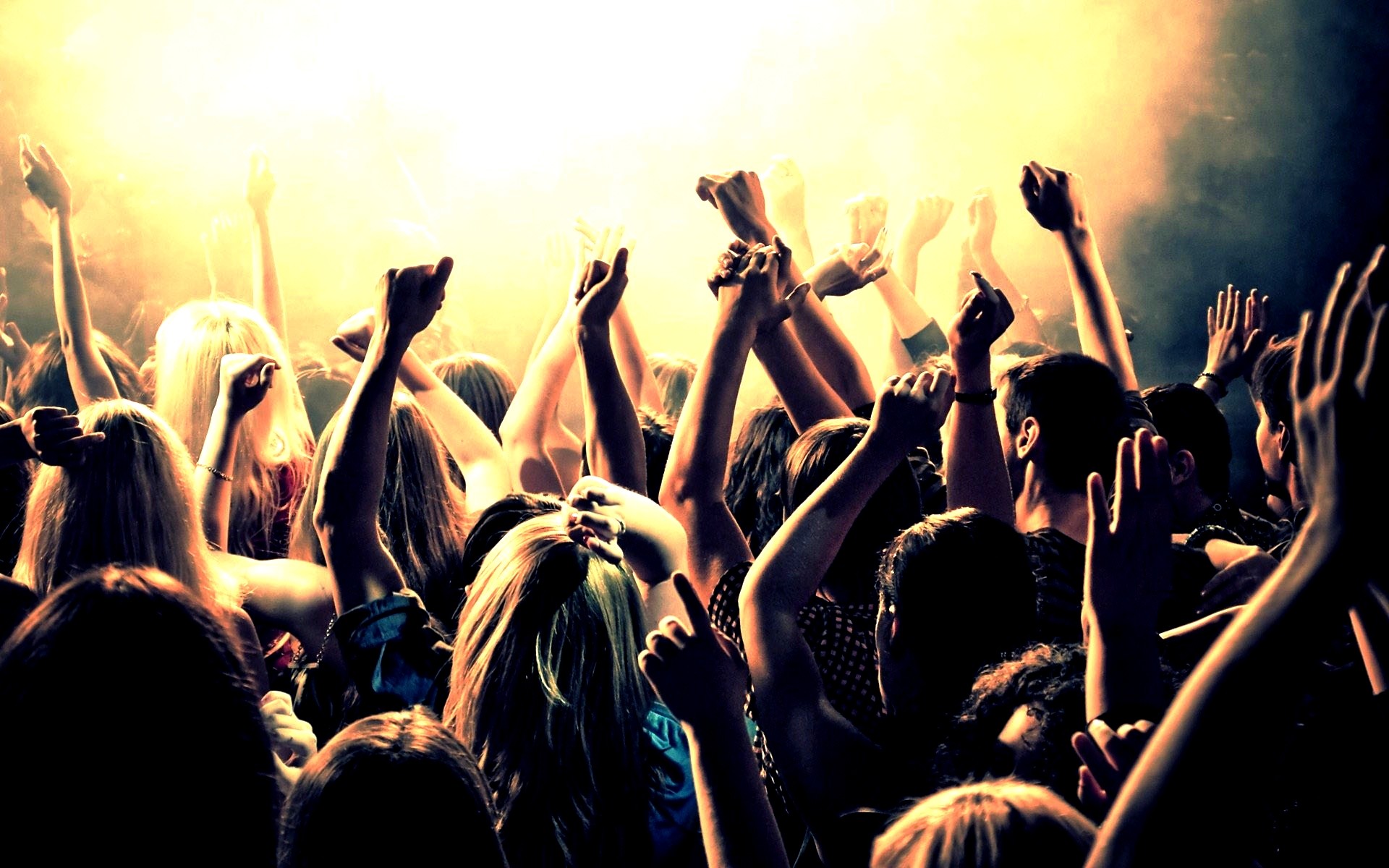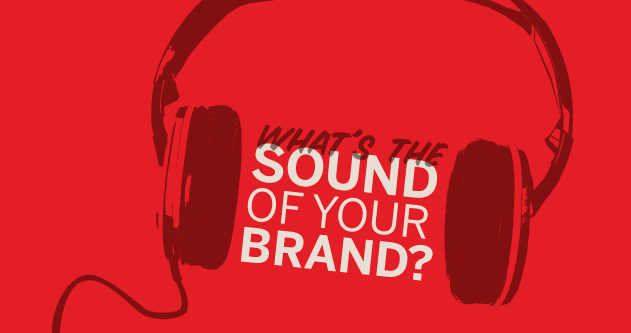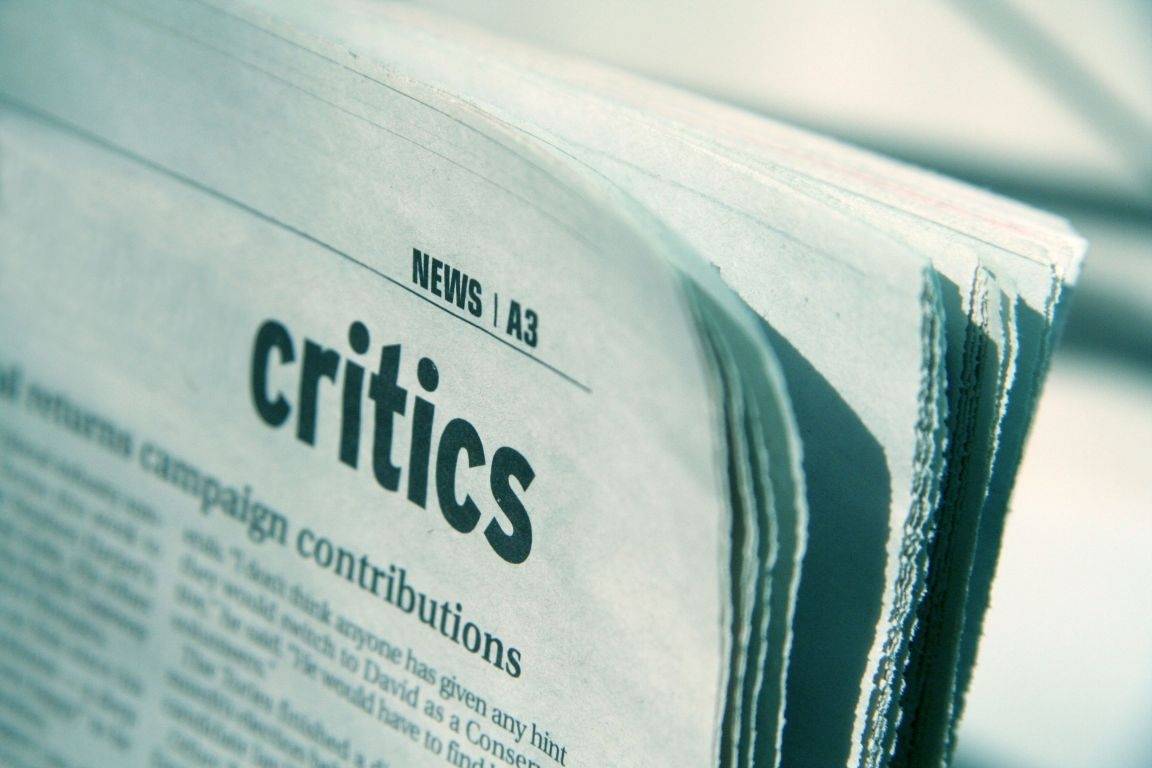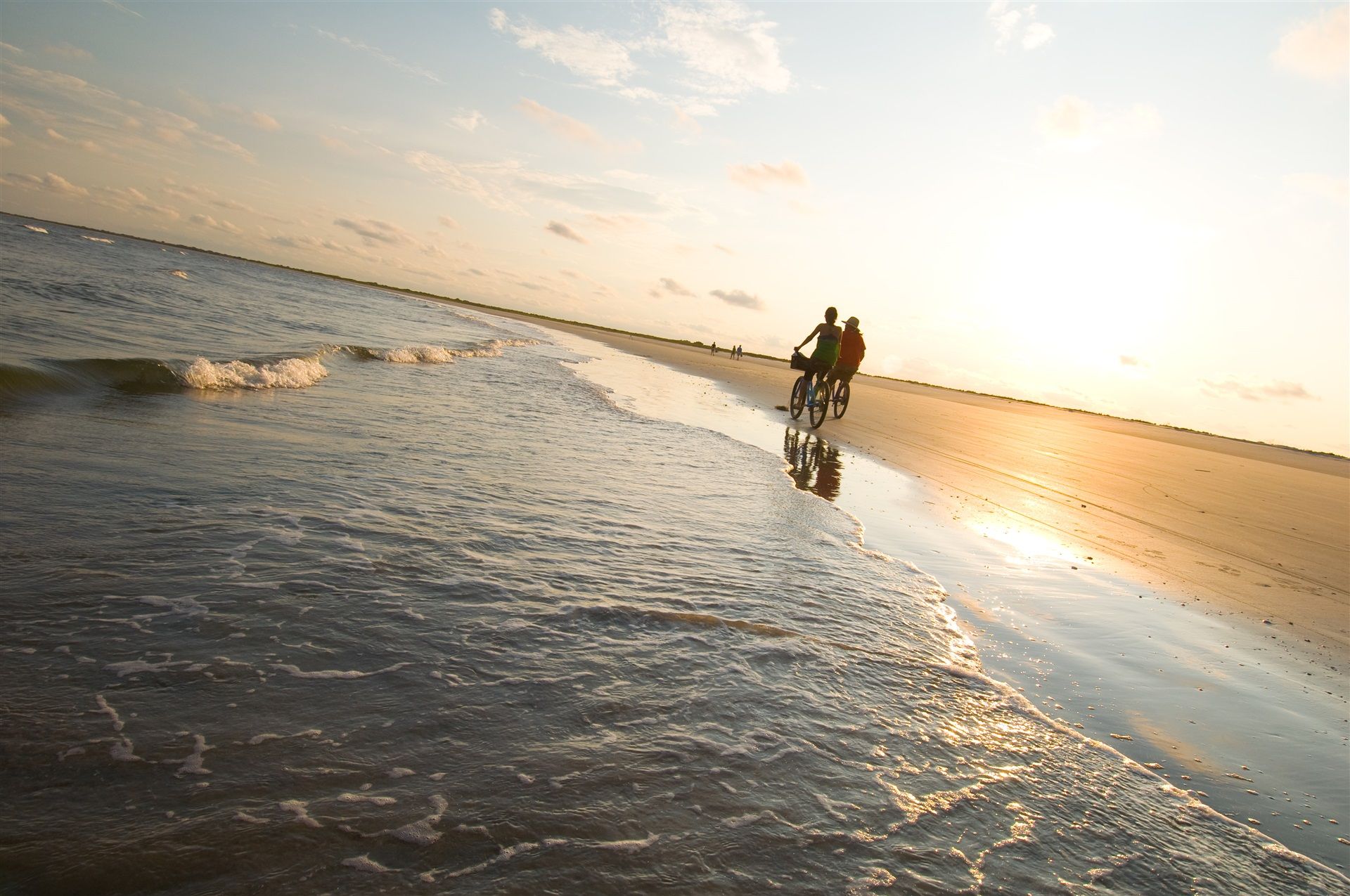In a world ruled by emojis and applications that keep us connected to people and things across the globe, it has grown both harder and easier to be an upcoming artist. It’s harder because so many people can put together a song or mixtape, put it out and be successful–pending your definition. But, it is equally easier because of the same reason. When done in the right manner, an artist can make a name for himself or herself as far as in other countries without being signed to a major record label. We took a look at the infectious and addictive world that is social media and made a quick list to show the benefits when trying to start your own musical movement.
Broader Platform
Back in the 90s and before, young, aspiring artists created street teams and plans to expose as many people to their music as possible. This was popular in the cassette tape era and even bigger when CDs could be made at home. Parking lots, gas stations and street corners alike featured people passing out and selling their product. The even more dedicated artists made trips to other cities. Most of that work has been outsourced to the internet since there are so many social media platforms that are audio and video friendly that artists can exhibit their work. now artists can reach people near and far by sharing a link and sending a few emails. Of course it’s tough breaking in to the popular timelines or playlists of those in other states/countries but it’s much easier now. You have Twitter, Soundcloud, Instagram, Facebook, YouTube, Vimeo and other options to display your work so the possibilities of going beyond the traditional word of mouth route are wide open.
Easier To Create A Fanbase
Because of aforementioned note, your fanbase as an artist no longer has to be a regional one. Now, what is important to keep in mind is to NOT spam your friends and followers with your music but to be subtle. Talk about your music and post things at a tolerable rate but don’t oversaturate it because that leads to unfollowing, blocking, being marked as spam, etc. Eventually, in your balance of general content and music publicizing, people will click on the links and explore for themselves. What helps is knowing who your key supporters are and asking them to occasionally tweet out or post things on their pages so that it spreads that way too. (Typically, you won’t have to ask). Even forming a GroupMe helps – keep your people updated on what’s going on, give them the exclusives and let the product speak for itself.
Branding Is In Your Control
As an independent artist, it is important to create a vision and plan for who you are as an artist. And to an extent, everyone does. What happens more often than not is after someone gets signed, that vision and plan gets lost. Being an independent/rising star gives you so much room to work with from every aspect of creating your identity. Everything from graphic design, logos, videos, music, apparel, websites, etc. are in your control. You no longer have to outsource skills and needs to other people. Computers and internet put all of these needs of one artist in their grasp so that way they can create exactly what it is they are looking for. Of course you will still look to the help of those that are great around you to help get the best product but you at least have the ability to know the basics. Take control of your image now more than ever by learning how things work and how they play in a role in where you want to be one year, five years, ten years and longer from now.
Timely Criticism
I know when we hear criticism we think bad thoughts, but of course not all of it is bad. To be an artist in this digital age, it is easy to know what worked and what didn’t work on a project. With Twitter, Soundcloud, Facebook and other platforms being an open forum for communication with comment sections, mentions and other features, a listener can easily report their favorite/least favorite part about a project. With that in mind, as artists get feedback about a new song or project it is easier to make adjustments or plans about what to tweak for the next go-round. In the past, artists had to get their work out by foot and face-to-face interaction and may not see or hear from the listener. What this ultimately does is create a connection to the fans and learning from them as you build your sound and audience.


